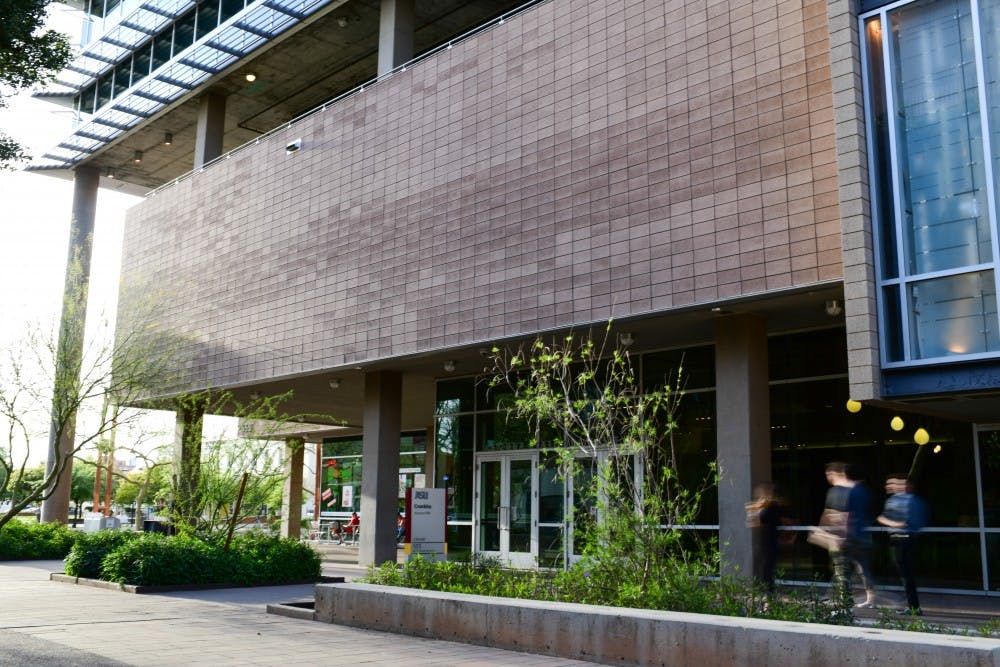A national Native American news publication has joined forces with the Walter Cronkite School of Journalism and Mass Communication to open its second newsroom in the Cronkite building later this year.
Indian Country Today, a prominent news website for Indigenous news, will open the newsroom on the fifth floor of the Cronkite building this summer and focus on broadcasting stories.
The move comes as a way to attract prospective Native American journalists and create a diverse newsroom. According to the United States Census Bureau, Native Americans made up 1.3% of the total U.S. population and 5.3% in Arizona from 2010-18.
In the newsroom, only 0.36% of journalists were Native American in 2015, according to the American Society of News Editors, and Cronkite school Dean Christopher Callahan wants to change this.
“This is our way of helping out about providing better coverage of these important issues and giving us the ability to recruit more Native American students,” he said.
Callahan said media coverage of Native American issues and tribes receive little news coverage that does not give each topic the in-depth coverage it needs.
"It gives us that connectivity to these students when they see professors who are also Native American," he said. "When they see this important publication actually here as part of the Cronkite school, I think all of that is going to help in the recruitment and retention of the students."
Indian Country Today editor Mark Trahant said he has spent years working as a reporter and editor trying to improve Native American representation in newsrooms, and ICT is a way to not only reach the Native American people, but society as a whole.
“One of the things about some of these stories that we cover is that they're really American history, and because they're so under-covered, it informs a broader citizenship rather than just Native people,” he said.
The Cronkite school is currently searching for Indigenous professors, and it has recently announced its establishment of the Native American Journalists Association ASU chapter. Additionally, the partnership will allow for Cronkite News to work with ICT, providing students with the opportunity to cover reservations and tribes more in-depth.
Trahant hopes the newsroom's broadcast production will be up by fall. Its other newsroom, based in Washington D.C., will continue with digital production, he said.
“This country just can't be the country it wants to be unless it gets its story right,” he said. “That story includes the Native American people who have a 10,000-year history on this land, and not being part of the story is a real miss, both from a journalism perspective and from a civil discourse perspective.”
Reach the reporter at nschon@asu.edu and follow @schonn2 on Twitter.
Like The State Press on Facebook and follow @statepress on Twitter.




